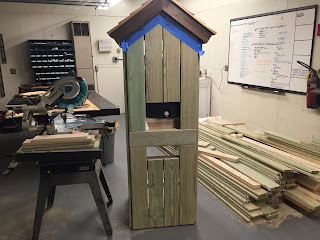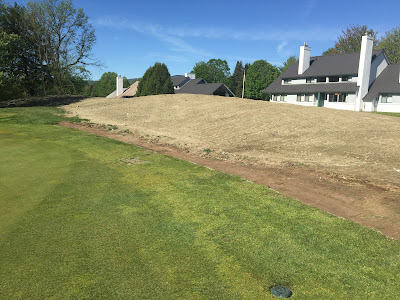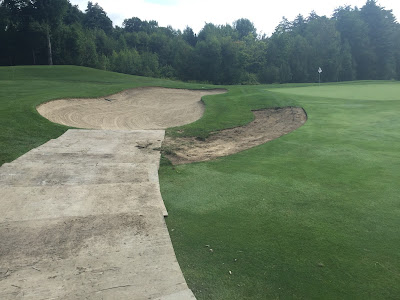It's a passion. Yes, it's a job but it's a passion for most of us tending golf courses for a living. It creeps into your bloodstream and becomes part of your DNA. There are a multitude of factors that create this passion; going to work long before the rest of the world wakes up, seeing the sunrise everyday, orchestrating the daily production of course preparations, seeing the results of your plan play out in real time, the knowledge that your hard work will be enjoyed by many people, being tuned into the natural world, feeling the harshness and beauty of Mother Nature, growing high performance turfgrass, preparing a venue for sport competition, being part of an industry that fosters a special camaraderie, and the list goes on.
It doesn't matter that we are often the underdogs who never get the credit. It really doesn't matter because we revel in the grit. It's who we are. Often times golf course superintendents and their teams are asked to do more with less. It is to our downfall and the golfers benefit that we will never let the conditions slip in this scenario. It is in our make up that we will always go above and beyond to create incredible playing conditions and experiences no matter what obstacles are placed in our way.
 |
| Team members working hard repairing winter-kill spots |
The spring of 2019 was a definite test of our fortitude. Coming off of an epic snowfall winter (with an undercoating of ice) and then into a very wet and cold extended spring made for some rough days. Both courses did suffer some turf injury. Stowe Country Club had various spots on multiple greens with winter-kill. The Mountain Course suffered three acres of fairway damage. The damage at The Mountain Course was the most I have seen in my fifteen years there. The attempts to grow these areas back with seed was difficult due to the cold and wet conditions. The Mountain Course sodded half of the area damaged on the fairways. This was made more difficult by the fact that all of the sod farms in New England and Quebec either ran out of creeping bentgrass sod or had low quality sod due to this same bad weather. Nonetheless, by the Kirkwood Invitational in late June at SCC and July 4th on the Mountain Course we were back to normal.
 |
| Stowe Country Club Changing cups during Stowe Balloon Fest |
Cheers to a successful 2020 golf season and to the pledge that our passion will always run deep...




























































































































